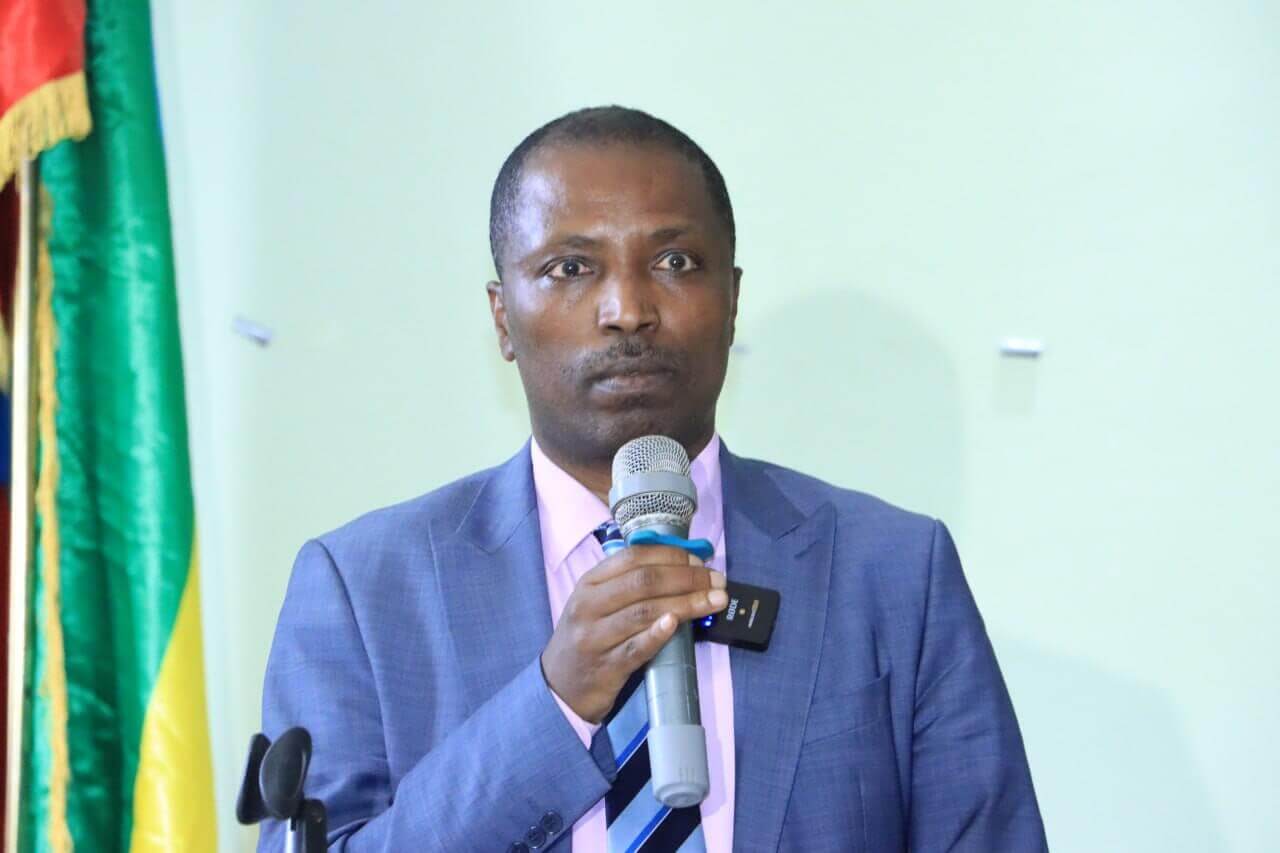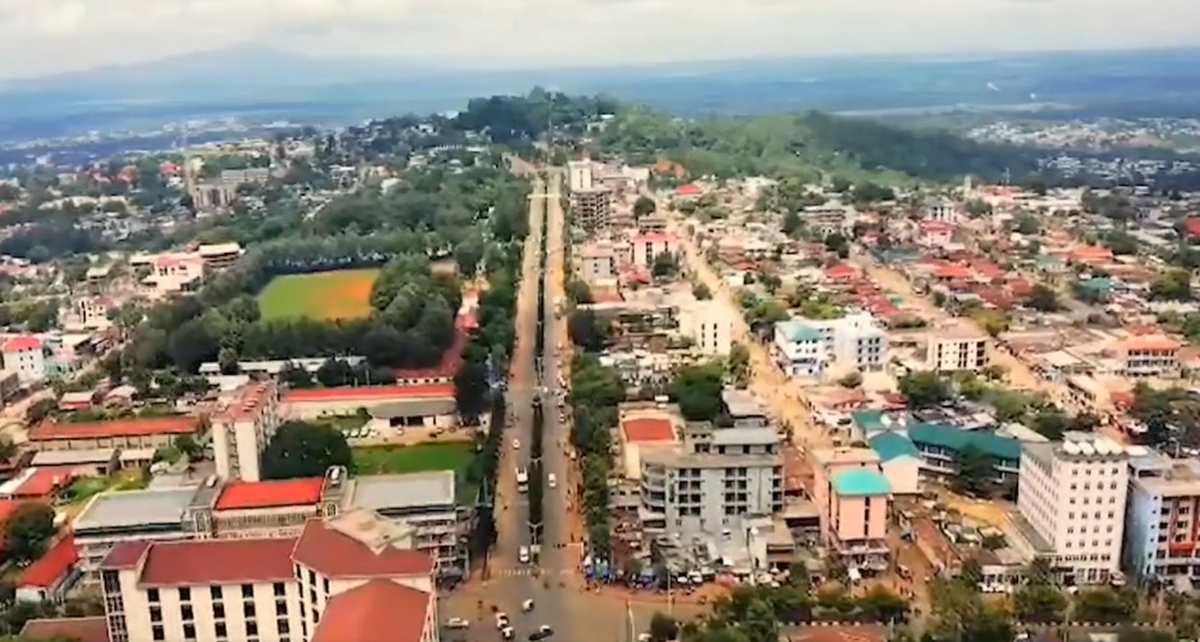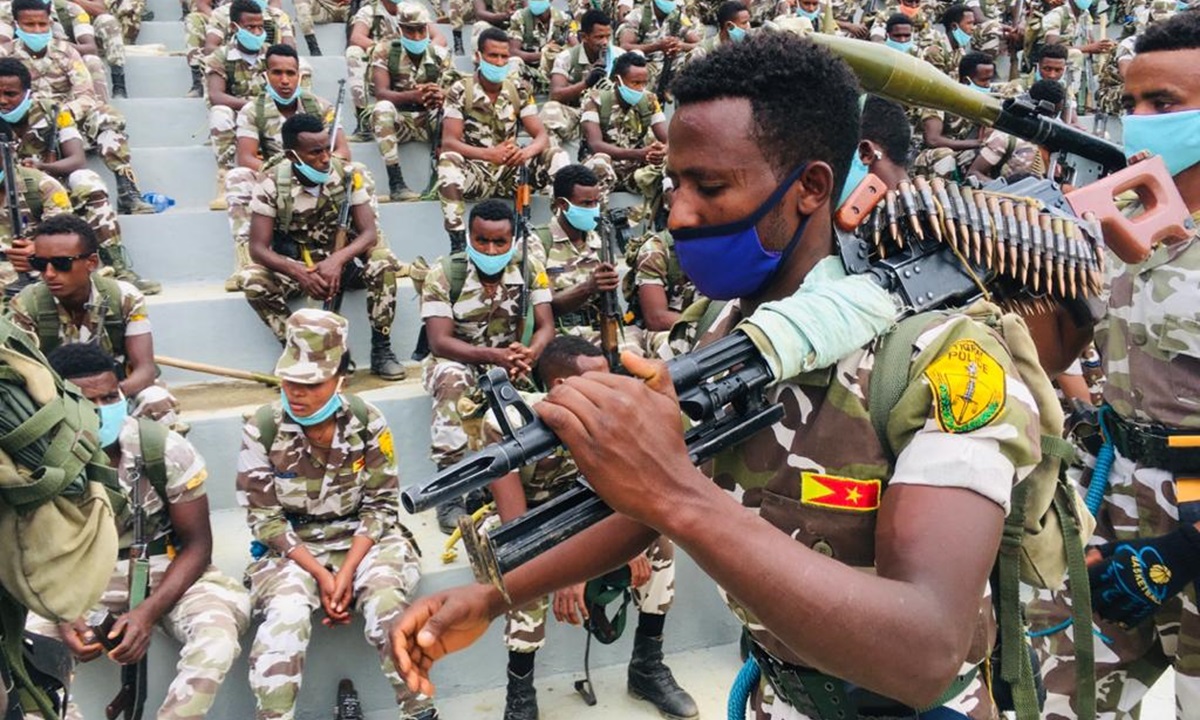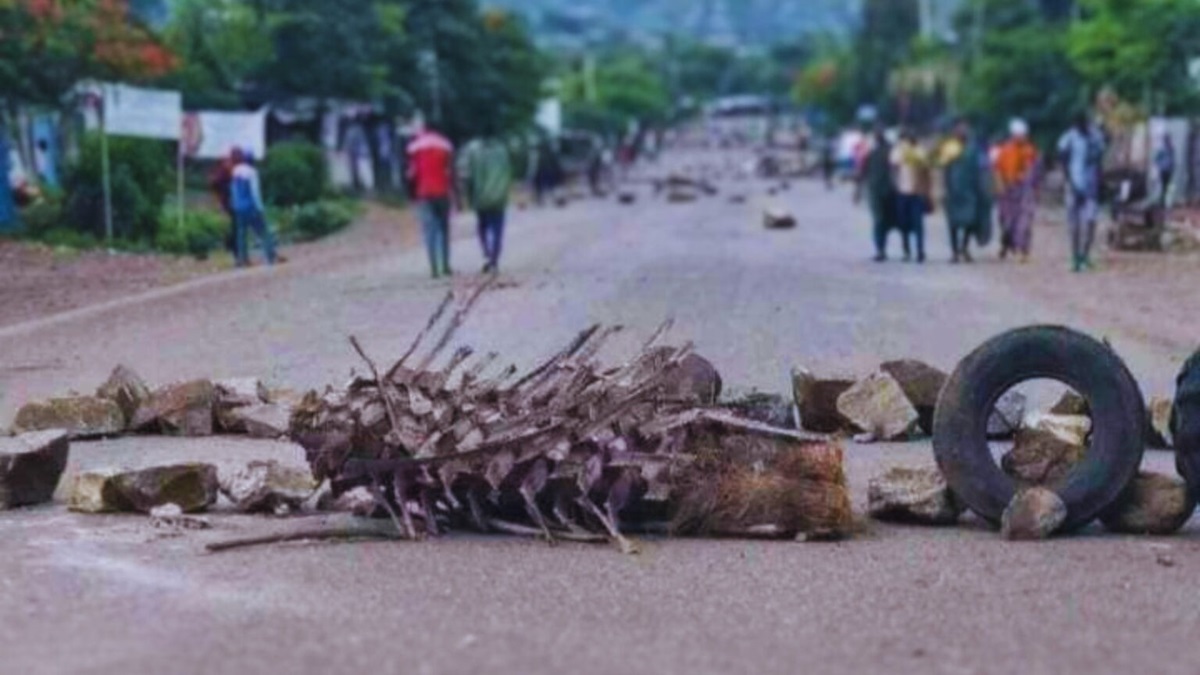
Addis Abeba – A team under the AU Monitoring, Verification, and Compliance Mission (AU-MVCM) recently visited the Gulemekeda district and Zalambessa town, situated in the Eastern Tigray Zone.
This visit marked the second instance following the signing of the Cessation of Hostilities Agreement (CoHA) in November 2022.
During the recent visit conducted on 04 April, 2024, the MVCM team engaged in discussions with the administrations of Gulemekeda district and Zalambessa town, both of which predominantly remain under the control of Eritrean forces.
The discussions were focused on evaluating the progress made towards fulfilling the terms of the Pretoria Peace Agreement and assessing the status of the local population residing in areas under Eritrean control, according to Birhanu Berhe, the mayor of Zalambessa town.
The MVCM team had previously visited Zalambessa five months ago.
Birhanu additionally told Addis Standard that the discussions with the MVCM team were held in the presence of military commanders and local administrators.
According to him, significant issues were deliberated upon during these discussions, which encompassed the control exerted by foreign forces over Zalambessa town and six kebeles of Gulomekeda district, as well as the strategic positioning of Eritrean forces, notably at the gateway to Zalambessa.
Zalambessa, along with Fatsi and Sebeya, constitutes the principal towns situated within the Gulomakeda district, which shares its northern border with Eritrea.
The mayor disclosed that approximately 75% of Zalambessa is presently under the control of Eritrean forces, while the remaining 25% remains under the jurisdiction of the Ethiopian National Defense Force (ENDF).
“This assessment was validated by the MVCM team during their onsite inspection,” he stated.
The occurrence of abductions of civilians, including women, even subsequent to the signing of the Pretoria accord, has been brought to attention, as indicated by Birhanu.
He disclosed that 65 individuals have been abducted in the Gulomekeda district since November 2022, with 15 of the abductees originating from Zalambessa town.
“Residents residing in territories under the control of Eritrean forces are confronted with severe humanitarian challenges, exacerbated by the lack of access to aid,” stated Birhanu. “Elderly individuals and others are enduring hardship due to insecurity, while humanitarian and aid agencies are reluctant to operate in these areas.”
In September 2023, Addis Standard reported on the abduction of over 28 youths from Irob and its neighboring areas.
The Irob community, conversant in their distinct language known as Saho, shares a border with Eritrea.
Irob also shares a western border with the Gulomakeda district.
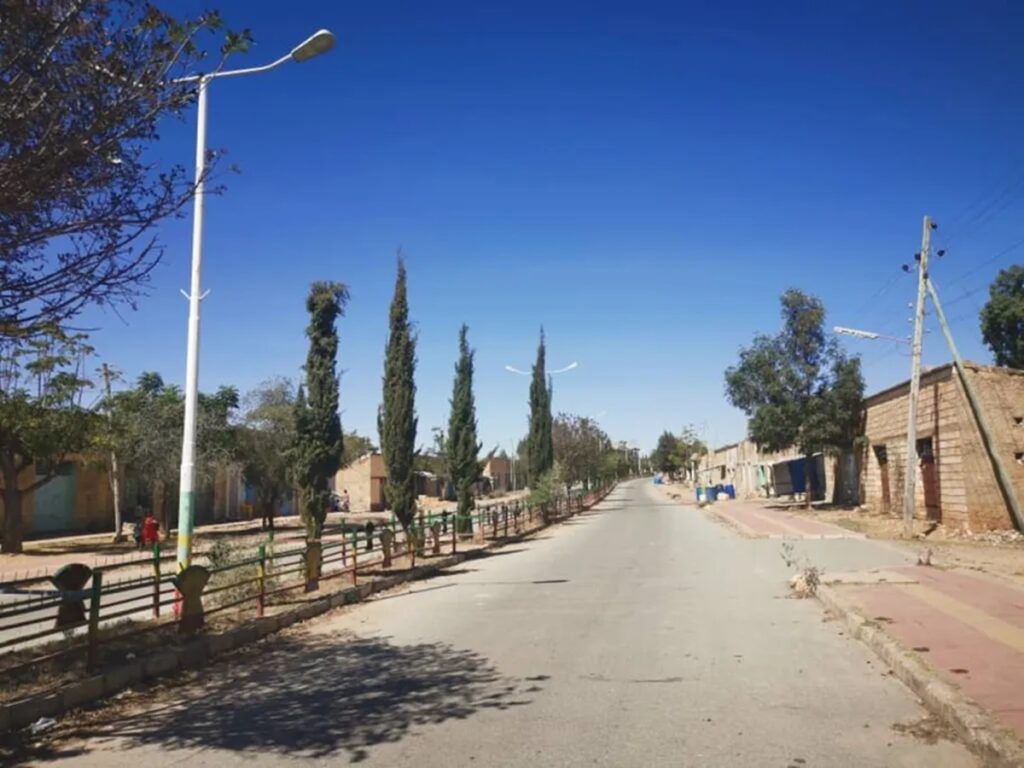
In May 2023, the MVCM team encountered refusal of entry into the Irob district by Eritrean forces at a checkpoint located in Sobeya.
In addition to the humanitarian crisis, Zalambessa also experiences significant deficiencies in infrastructure.
In February 2024, Addis Standard reported that the town of Zalambessa persists in lacking essential public services such as electricity, water, healthcare, and education, even more than a year after the peace deal was signed.
Residents are urgently calling for the restoration of critical infrastructure as the town grapples with neglect and a conspicuous scarcity of basic amenities.
Moreover, the absence of telephone network service and banking facilities exacerbates the challenges faced by the residents.
In defiance of the Nairobi Declaration and the Executive Plan regarding the simultaneous withdrawal of foreign and non-ENDF forces from Tigray, Eritrean forces persist in occupying segments of the northern and northeastern areas of Tigray, while Amhara forces retain control over western and various parts of southern Tigray.
During a recent discussion with representatives of Tigray’s communities, Prime Minister Abiy Ahmed outlined the establishment of a committee tasked with monitoring and reporting any instances of Eritrean forces encroaching upon Tigrayan territory in contravention of the Algiers agreement.
Following this announcement, the committee, comprising representatives from the Amhara and Tigray regions and chaired by Temesgen Tiruneh, Deputy Prime Minister of Ethiopia, convened for its inaugural meeting. AS


